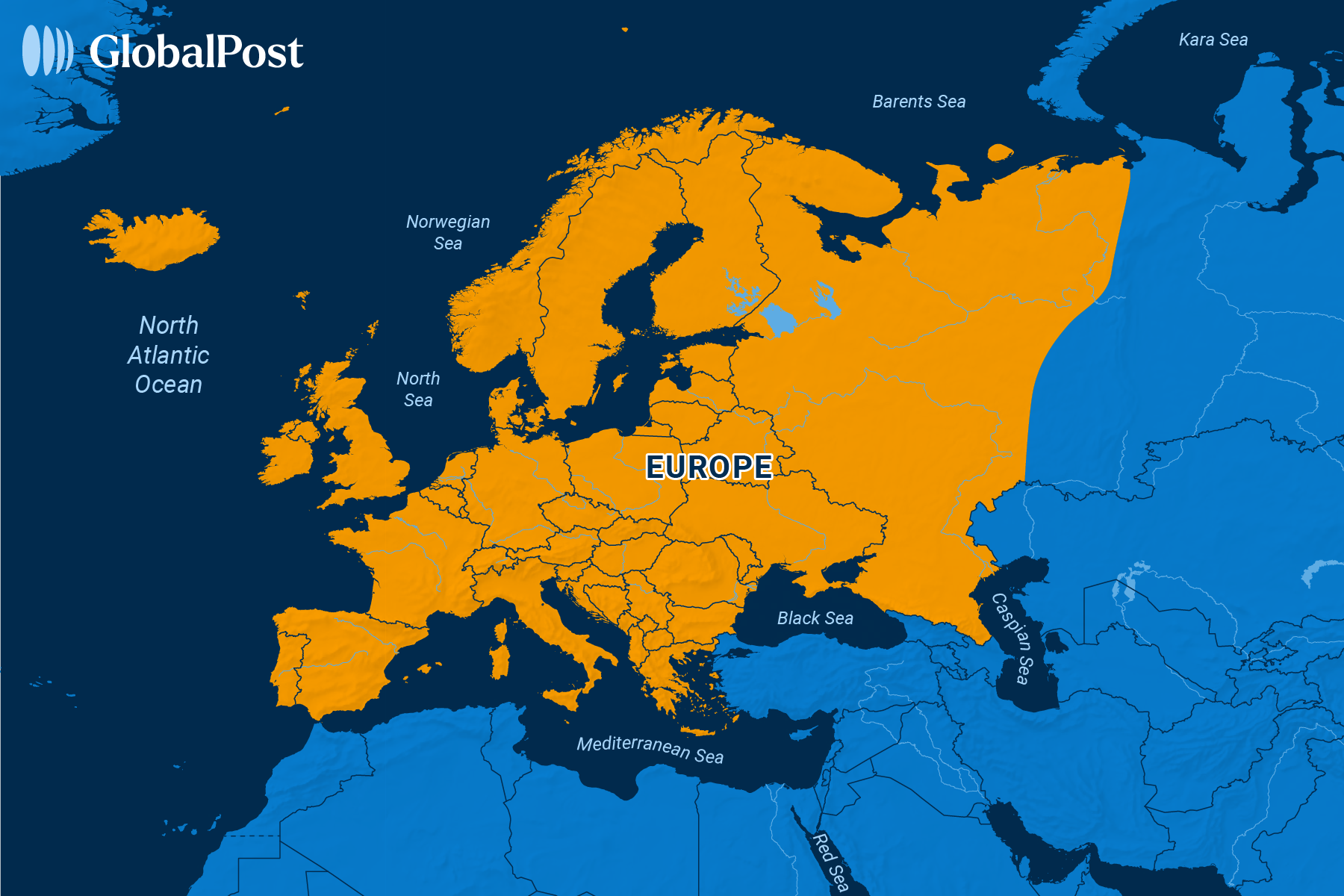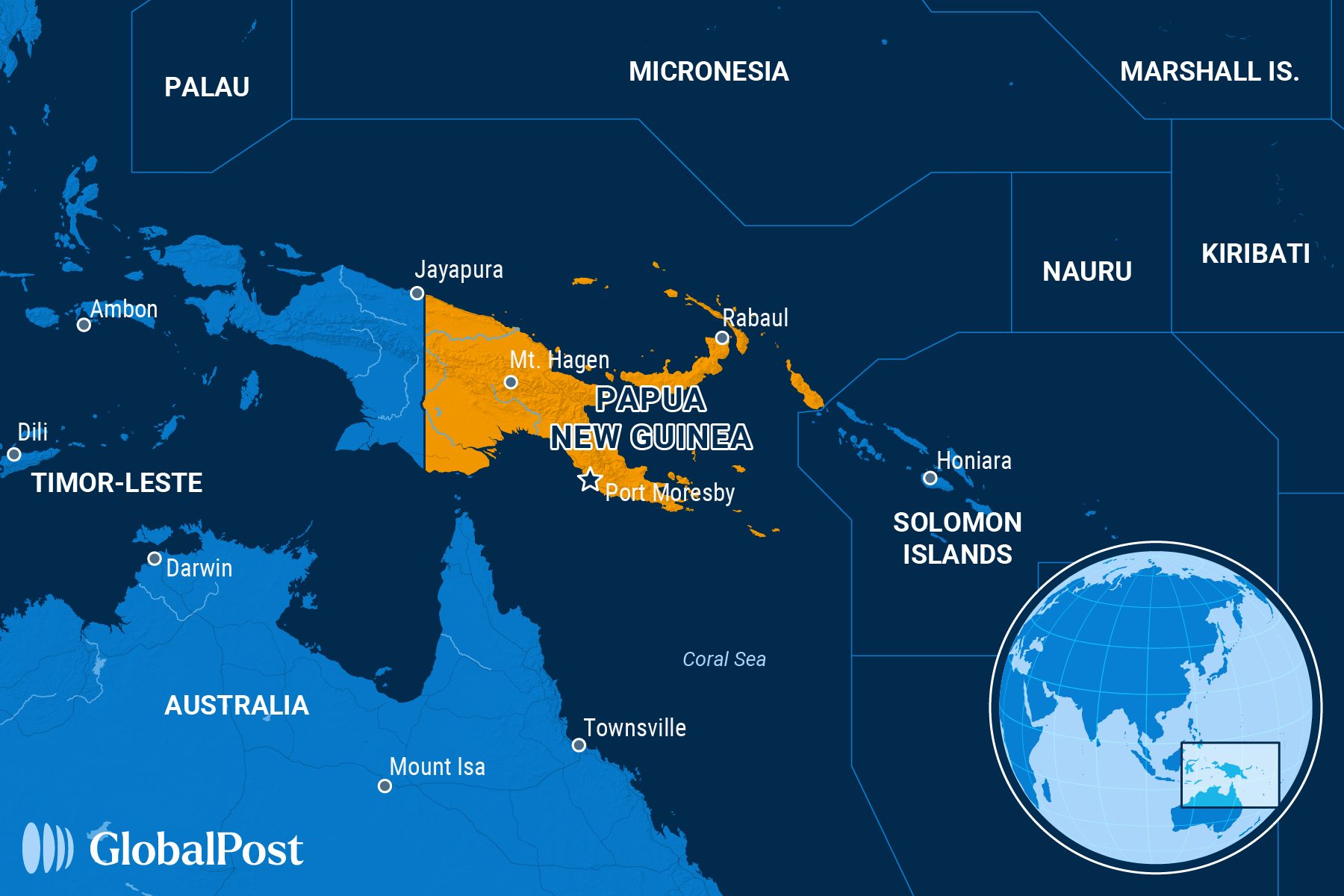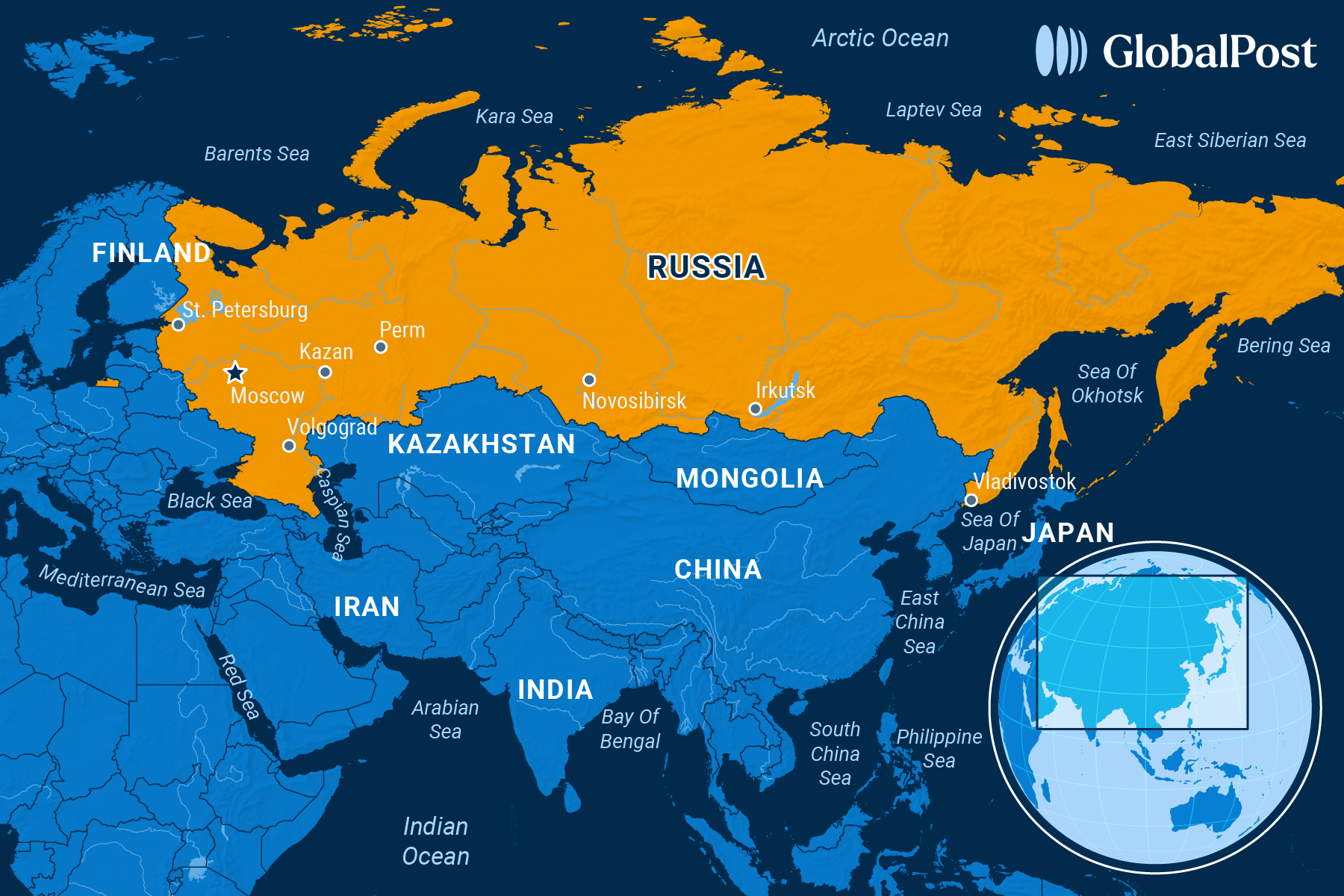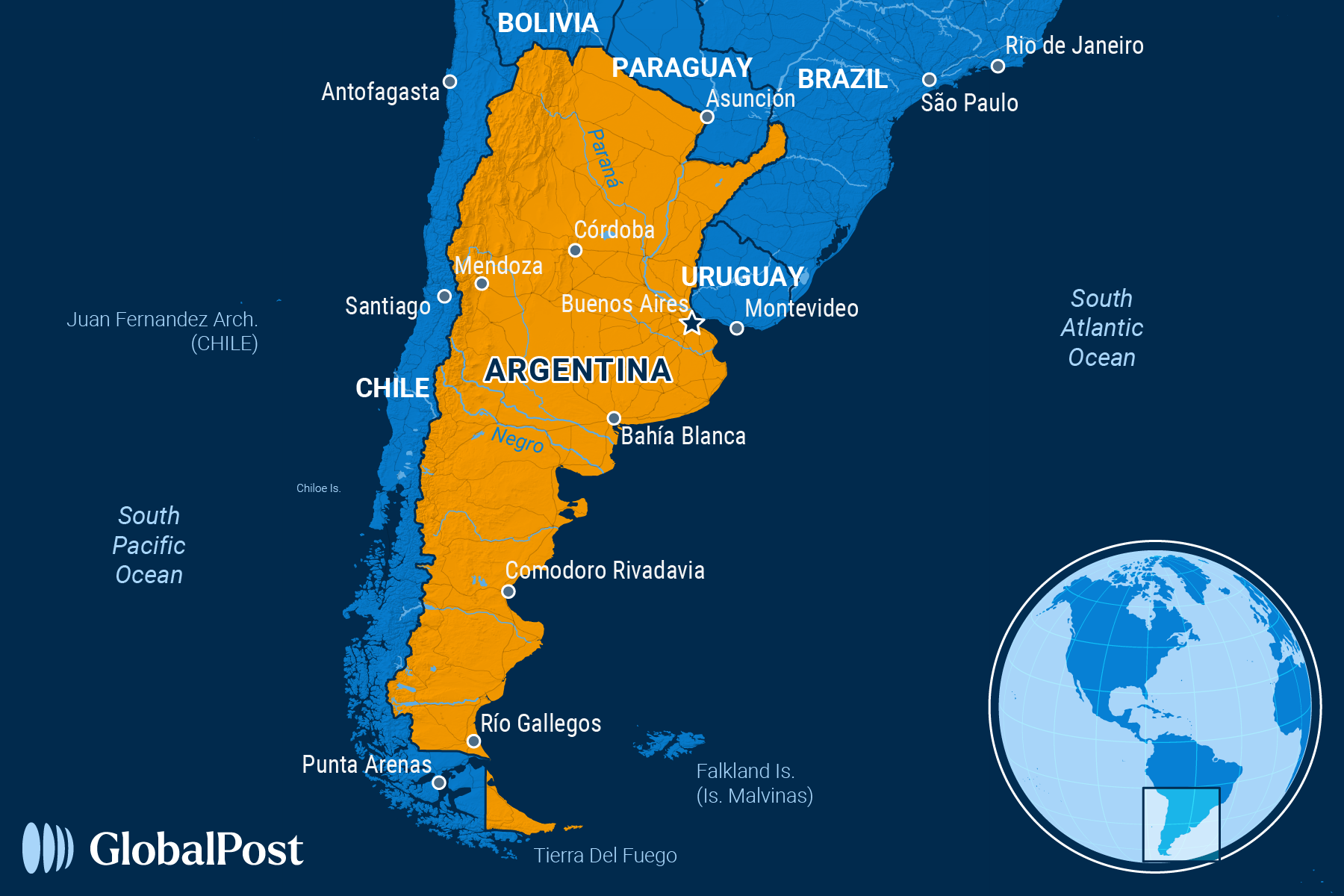Trial Separation: Europe Begins Untangling US Codependence
NEED TO KNOW
Trial Separation: Europe Begins Untangling US Codependence
EUROPE

For 80 years, Western Europe looked to the United States for protection and opportunities, comforted by shared history and shared values.
So it was a shock to France, Germany, the United Kingdom and other European countries when US Vice President J.D. Vance appeared at the Munich Security Conference in January and scolded the Germans – and by extension most Europeans – for violating the principles of free expression because they were not welcoming of their far right parties. Added to US President Donald Trump’s threats to take Greenland, which belongs to a fellow NATO and European Union member, Denmark, European leaders were getting increasingly anxious.
The blows kept coming. The US president stunned European leaders when he called Zelenskyy a dictator, told the world that the Russian-Ukraine war was Ukraine’s fault, and that Europeans and Ukrainians would be left out of negotiations with Russia to end the conflict. A few weeks later, Trump and Vance met with Zelenskyy in a meeting at the White House that spiraled into disaster for Ukraine: Trump halted intelligence sharing and arms shipments afterward.
Initially dazed, European leaders were soon shocked into action. Last week, they held an emergency summit, pledging money and arms for Ukraine and trying to figure out how best to go it alone because they say they can’t depend on the US anymore.
“Now is the moment to stay calm, but not carry on,” Camille Grand of the European Council on Foreign Relations and former top NATO official, wrote on X. “The US Ally has now officially decided to take a stance inconsistent with our traditionally shared interests and values. …this will have profound and enduring consequences.”
The call to action in Europe is taking many forms. France is stepping up as a leader, as it often does, along with Germany, Europe’s largest economy. But it’s bringing the UK back into play in spite of its departure from the European Union five years ago.
Officials across the continent are considering putting boots on the ground in Ukraine for peacekeeping, breaking a taboo by spending $200 billion in frozen Russian assets to buy weapons for Ukraine, steeply stepping up defense spending and expanding conscription to shore up their armed forces. They are creating a “coalition of the willing,” that could include 20 countries.
“Today it became clear that the free world needs a new leader,” said European Union’s foreign policy chief, Kaja Kallas recently. “It’s up to us, Europeans, to take this challenge.”
One indicator of how panicked the Germans are is a move toward loosening deficit and debt spending rules that have kept the European Union and especially Germany restricted from increasing spending for defense.
Now, to pay for such spending, European leaders are considering the unthinkable – cutting the social spending that provides cradle-to-grave care in many of the countries. Europeans spend about 20 to 30 percent of GDP on social programs, vastly more than most other nations in the world.
It’s worth it, says French President Emmanuel Macron, who is considering expanding the country’s nuclear arsenal as a deterrent.
“I want to believe the US will stand by our side, but we have to be ready for that not to be the case,” he said. “The future of Europe must not be decided in Washington or Moscow.”
Some analysts believe that without the US’ intelligence, logistics and air support, Europe wouldn’t be able to hold back Russian troops. Others dispute that.
“Europe as a whole is truly capable of winning any military, financial, economic confrontation with Russia – we are simply stronger,” said Polish Prime Minister Donald Tusk, who is considering shoring up Poland’s military and acquiring nuclear arms. “We just had to start believing in it. And today it seems to be happening.”
Still, Europeans don’t see a choice now, they say. They add that they can’t let Russia move westward and with Trump’s “appeasement” of Putin and of failing to take NATO’s mutual defense commitments seriously, they have to step up.
“A new era is upon us,” the European Commission President Ursula von der Leyen told European Union leaders recently after presenting a five-part plan worth $800 billion to support Ukraine, and by extension European security. “Europe faces a clear and present danger on a scale that none of us has seen in our adult lifetime.”
What France, Germany and the UK but especially Eastern European countries worry about is that a ceasefire on Russian terms would allow Putin to rebuild the army, rearm and move aggressively toward the eastern European Union countries such as the Baltics or Poland, all of which have warned about such a situation for years.
This week, Ukraine agreed to a ceasefire deal and the US restarted weapons shipments and intelligence sharing. The US has also threatened Russia with new sanctions and took a less friendly tone than it had over the past two months.
That won’t change the Europeans’ move to stand alone, if necessary, analysts say. Initially, after Trump was sworn in, European leaders thought they could work with the new administration as they had in his first term, wrote Politico. But that was before, when Europeans couldn’t imagine his moves to destroy an alliance older than most people alive in Europe today.
Still, just because the military and diplomatic ties have frayed doesn’t mean that Europe and the US will completely go their own separate ways, wrote World Politics Review. It says that what binds the two are a shared culture and heritage as well as deeply entwined economic ties that amount to more than $1 trillion annually in trade.
“Because Trump has now been elected twice, few in Europe still think – as they did the first time – that they can wait him out and expect the old US to come back,” the magazine wrote. “But there’s much that still unites the two sides of the Atlantic…it remains a special relationship that goes beyond treaties and individual leaders.”
“They are going through a painful phase of resetting the new parameters in their relationship,” it added. “But it won’t be a full divorce.”

THE WORLD, BRIEFLY
PNG Changes Constitution ‘For Stability’
PAPUA NEW GUINEA

The Papua New Guinea Parliament on Wednesday passed amendments to the constitution in the hopes of stabilizing the country, instituting a blackout period for no-confidence votes and proclaiming the country as a Christian nation, Radio New Zealand reported.
Under the amendment, any government that survives a no-confidence vote will not face another for 18 months. A new administration is given an 18-month grace period after taking office.
Prime Minister James Marape – who survived several of these votes over the past year – praised the amendment and said it struck a balance between abolishing the measure and the current situation in which an administration faces multiple such votes annually.
Lawmakers also passed a measure officially recognizing the nation as a Christian country, changing the preamble to reflect a Christian identity and making the Bible a national symbol.
Marape said the change underscores the contributions of Christian churches to the country’s unity and development. At the same time, he added that the constitution protects the freedom of religion for non-Christians.

The Art of Hedging: Russia Says Maybe to Ceasefire
RUSSIA

Russian officials dismissed a US-proposed 30-day ceasefire with Ukraine Thursday, calling it a move that solely benefits Kyiv without offering Moscow any strategic advantage, even as the Russian president said he was open to it, the Hill reported.
Russian presidential aide Yuri Ushakov criticized the proposal, claiming that it gives Russia “nothing” and “only allows the Ukrainians to regroup, gather strength, and continue the same thing in the future.”
His remarks followed an agreement by Ukraine to a 30-day ceasefire with Russia following talks between Kyiv and Washington officials in Saudi Arabia on Tuesday.
Russian President Vladimir Putin, however, said Thursday he was open to the ceasefire “in principle” but wanted to meet directly with US President Donald Trump first, before committing, CNBC reported.
US Secretary of State Marco Rubio, who participated in the negotiations, said Tuesday that “the ball is in the (Russians’) court” after Ukraine agreed to the truce.
Ushakov’s comments underscored growing resistance within the Kremlin toward US diplomatic efforts, even as Trump dispatched his top envoy, Steve Witkoff, to negotiate with Russian officials this week.
Kremlin spokesperson Dmitry Peskov did not confirm whether Putin would meet Witkoff but acknowledged that Russia planned to maintain contacts with US officials regarding the ceasefire.
While Moscow has not formally rejected the ceasefire proposal, a document prepared by an influential Russian think tank with close ties to the Federal Security Service (FSB) indicated that the Kremlin sees little incentive for peace talks under the current terms, the Washington Post added.
Instead, the document – obtained by a European intelligence service and reviewed by the newspaper – showed that “a peaceful resolution of the Ukraine crisis cannot happen before 2026” and that Russia should work to create tensions between the Trump administration and its Western allies.
Among Moscow’s demands are a ban on Ukraine joining NATO, international recognition of Russia’s claims over occupied Ukrainian territories, and the creation of a buffer zone in Ukraine’s northeast and a demilitarized zone in the south.
The document also calls for the complete dismantling of the Ukrainian government and rejects the deployment of international peacekeepers.
The report also recommended that Russia leverage its control over occupied Ukrainian territories to entice US economic cooperation, particularly in rare-earth mineral extraction.
Analysts said these demands align with Russia’s pre-invasion ultimatums from February 2022, which Ukraine, the US, and European nations have repeatedly rejected.
Thomas Graham of the Council on Foreign Relations told the newspaper that Moscow is “not interested in an early resolution of the Ukraine crisis.”
“They consistently talk about the root causes, which, as you know, are about the domestic politics in Ukraine, and even more important than that, the European security architecture, which would be the role of NATO,” he added.
Meanwhile, Russian forces have intensified military operations in the Kursk region, where they have been pushing Ukrainian troops out of occupied Russian territory.
On Wednesday, Putin made a surprise visit to Kursk and ordered his troops to accelerate their offensive, Reuters noted.
According to Russian Chief of General Staff Valery Gerasimov, Russian forces have retaken more than 86 percent of the territory Ukraine previously occupied in Kursk, equivalent to 425 square miles.

Soccer Solidarity: Fans Join Grannies Protesting Low Pensions
ARGENTINA

Argentine soccer fans and retirees clashed with police in Buenos Aires Wednesday in one of the most violent protests yet against the austerity policies implemented by President Javier Milei, France 24 reported.
Every Wednesday for the past year, pensioners have hit the streets in demonstrations that have generally stayed small and peaceful.
However, during this week’s protests, a large group of soccer fans arrived, waving flags in support of the pensioners, the Associated Press reported. The crowd chanted “Milei, garbage, you are the dictatorship!” and “Don’t touch the elderly.”
Police formed a cordon to block their march toward Congress and used tear gas, rubber bullets, and water hoses to scatter the protesters, who threw firecrackers, stun grenades, and stones in response.
More than 20 people were injured and more than 100 were arrested.
A video showing a police officer pushing and hitting an elderly woman who fell onto the ground, with her head bleeding, went viral on social media.
Milei was elected on a promise to stabilize the economy and the country’s budget. As a result, he has made numerous cuts to social services and benefits. Retirees have taken the biggest hit.
Milei last year vetoed a law that would have increased pensions.

DISCOVERIES
D-I-Y Hatching
Sea turtles have a problem: It’s too hot.
For these migratory creatures, rising global temperatures means that their nests are hotter. Because the temperatures of their homes determine their offspring’s sex, that means they are producing more females.
That’s not necessarily a bad thing, per se, however, the rising temperatures also mean that fewer baby turtles will survive, which endangers the species, researchers say.
Now, turtles are trying to solve this problem themselves, according to a new study.
“Coming ashore onto a beach (often the beach from where they hatched), sea turtles use their flippers to carefully scoop out the sand and create flask-shaped nests in the sand in which they lay their eggs,” wrote Mollie Rickwood, Annette Broderick and Robin Snape, researchers involved in the study, in an article for the Conversation. “There is no maternal care for these nests – their success depends solely on the environment.”
Researchers who have been monitoring green and loggerhead turtles breeding in North Cyprus found that the turtles are trying to offset the effects of rising incubation temperatures by arriving at their nesting spots – the same ones they hatched from – earlier each year.
The researchers observed this pattern because of a database of information collected over the past 30 years by two teams of researchers, which contains information on the date, location, and hatching success of over 1,300 individual female turtle nests.
By placing temperature loggers into nests while turtles are laying their eggs and retrieving them once they hatch, the study showed that, since 1992, green turtles have been nesting 0.61 days earlier, while loggerhead turtles have been doing so 0.78 days earlier.
Individual females will nest 6.47 days earlier for every degree Celsius increase in ocean temperatures.
With temperatures rising at current rates, turtles need to stay on the new nesting schedule to maintain current male-to-female ratios and hatching success, which means that, for now, they are successfully offsetting climate change effects.
“The turtles are doing their bit,” the researchers said. “Now, it is up to us to ensure the continued conservation and long-term monitoring of this charismatic ocean ambassador to give them the best chance of survival in our changing world.”
